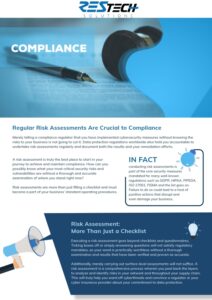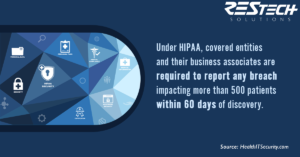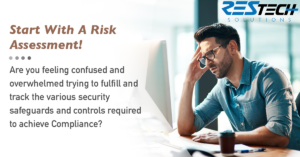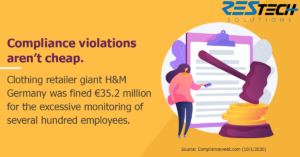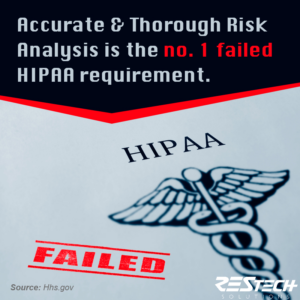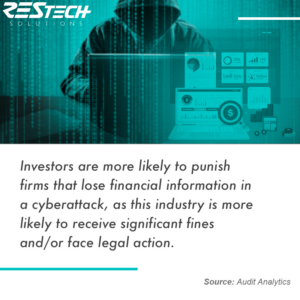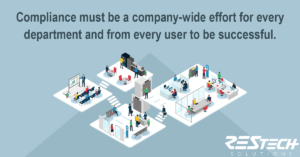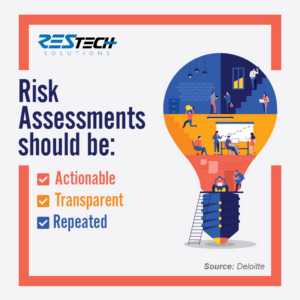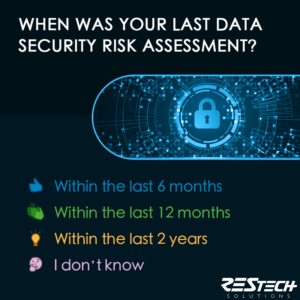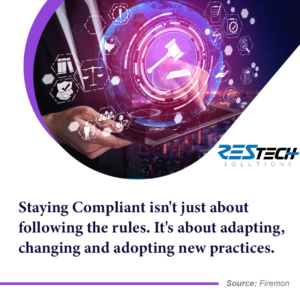Risk Assessment
December 2020 - Compliance
Tips/Info
When a data breach occurs, businesses must report to the individuals involved that personal information has been compromised. In a way, customers are becoming more and more accustomed to breaches and don’t see the notifications as a complete shock. However, the lack of honesty from businesses can be the biggest problem, as customers expect to see complete transparency and ownership of the situation.
According to Deloitte, “A comprehensive compliance risk assessment will help identify those individuals responsible for managing each type of risk and make it easier for executives to get a handle on risk mitigation activities, remediation efforts, and emerging risk exposures.” Your business cannot successfully achieve compliance without the full support of your team.
When you’re in the trenches of your business, it may be difficult to see where you need improvement. Enlisting the help of an outside entity will help you fill in the gaps, determine your weaknesses and mitigate risks. You need unbiased, trained professionals whose sole purpose is to help you reach your compliance goals.
Risk assessments to achieve compliance are not one-time processes. They require active involvement from your employees, administration, and stakeholders.
Participate in risk assessments that are –
- Actionable: prioritizes risks and provides solutions for mitigation or remediation
- Transparent: identifies the individuals that are responsible for handling each risk
- Repeated: are conducted periodically as new risks develop

